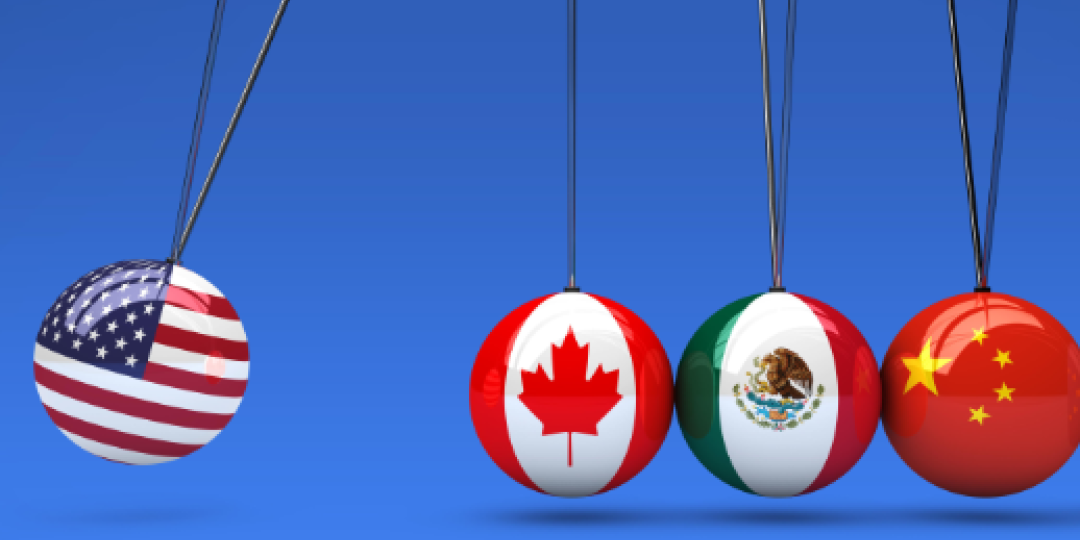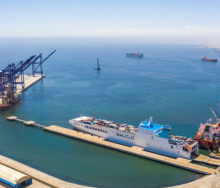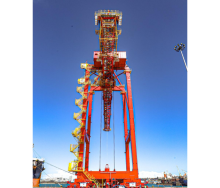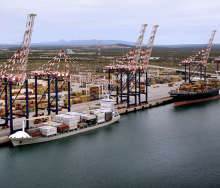US President Donald Trump’s import tariffs on China on top of massive ocean freight rate increases due to the recent conflict in the Red Sea region have created a perfect storm for shippers, analysts have warned.
According to a recent report by Xenata, Trump’s delay in implementing tariffs on Mexican imports has done little to ease the pain for US shippers who are still facing a 10% hike on tariffs for goods from China in addition to the massive increases in ocean container freight rates.
The latest data from the ocean and air freight intelligence platform shows average spot rates from China stand at USD4 816 per FEU (40ft container) to the US West Coast and USD6 264 per FEU into the US East Coast.
This is an increase of 196% and 157% respectively since the escalation of conflict in the Red Sea in December 2023 and is in addition to tariffs on all China imports coming into effect on 4 February.
Xeneta Chief Analyst, Peter Sand, said: “US shippers are being hit by wave after wave of disruption and spiralling costs to import goods.
“They have already faced massive increases in ocean container freight costs due to conflict in the Red Sea and now they are hit with a 10% hike in tariffs on imports from China.
“You struggle to see how a business can absorb these costs without increasing prices for the end consumer. Given that more than 40% of total containerised imports into the US come direct from China, that is a lot of businesses and a lot of consumers who will be affected.”
He said a delay in tariffs on Mexico was welcome news although it did not ease concerns over the reigniting of the US-China trade war, which represents risk of a high magnitude.
Sand added that shippers had few options available to deal with the tariff threat.
“When Trump announced tariffs on China back in 2018, there was a period of time in which shippers could rush as many imports as possible and build up stock inventories before they came into effect.
“This time Trump has imposed tariffs almost immediately so if shippers haven’t taken action by now, it’s already too late. Shippers may well look at shifting supply chains out of China into nations such as India or South East Asia, but this takes time, financial investment and deep understanding of market data and intelligence.”
He said the ceasefire between Israel and Hamas had raised the prospect of a better year for shippers in 2025 if a largescale return of container ships to the Red Sea saw freight rates fall.
“Trump’s latest move has dented those hopes because any gains a shipper makes through lower freight rates will be more than offset by a 10% increase in tariffs.
“If China retaliates and we enter another escalating trade war, an already very bad situation will get even worse for US importers.”













